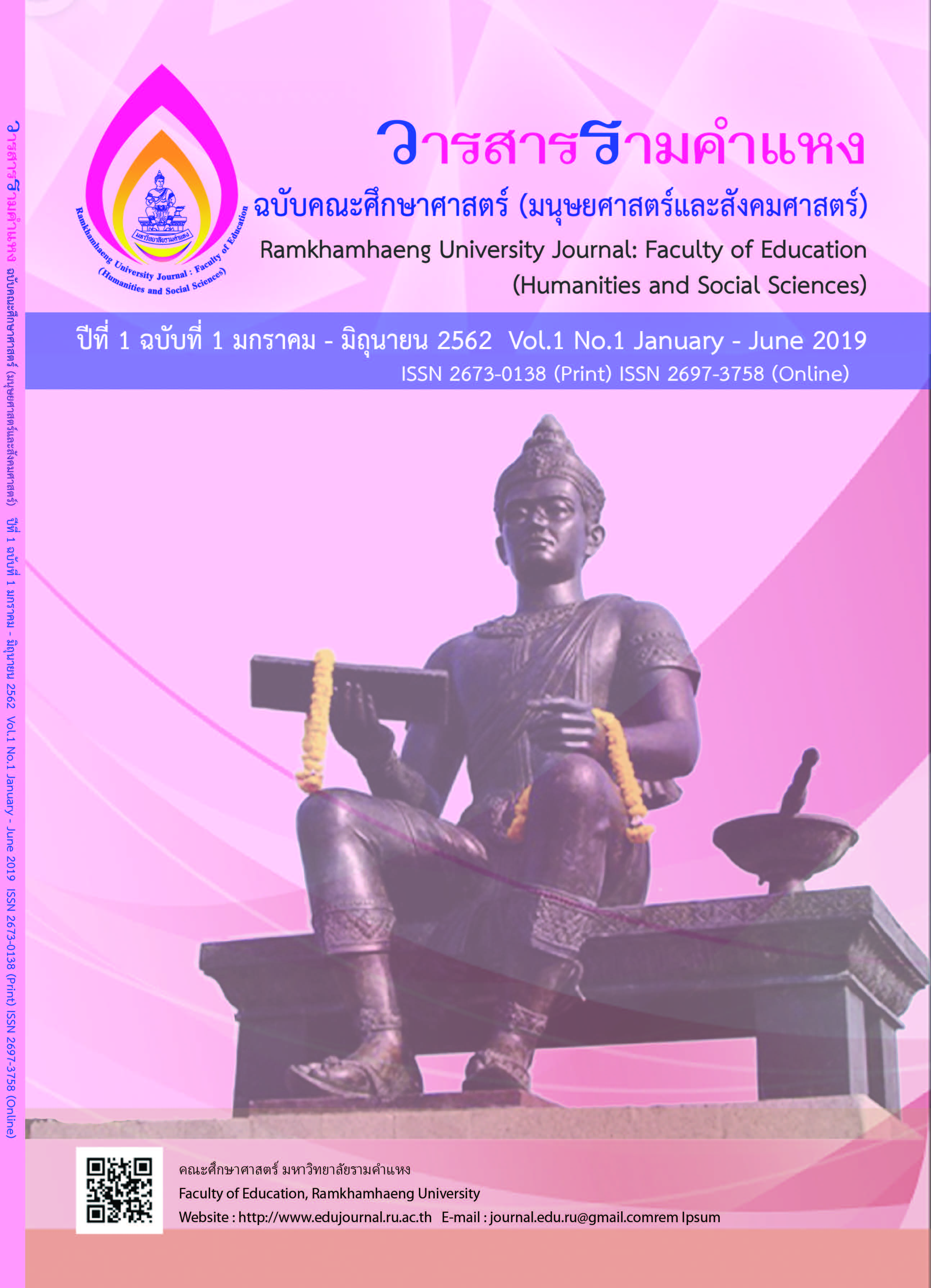A Moral Leadership Model for Educational Administrators in the 21st Century
Main Article Content
Abstract
This article based on the research paper of Moral Leadership: A Model for Educational Leaders in the 21* Century by Paul M. Quick (2013) and Justice and Care in Feminist Ethics by Watchara Ngamjitjaroen (2548). Furthering the understanding of and studying the literature on moral leadership models is the purpose of this article. A review the literature was synthesizing concepts and offering a new paradigm for educational administrators. Thus, this article has divided into six parts. The first section of this paper is introduction. The second section presents a discussion of school culture, climate and community. The third section introduces the three principles for educational administrators and the fourth section describes a model for principal actions. The fifth section implications for educational administrators are presented. Finally, conclusion. The significance of this article is that educational administrators, who are considered as educational leaders,are required to have moral leadership. It is a form of leadership which is probably appropriate for educational administration in this 21st century. This means the leaders should be able to lead their subordinates in a right direction and chiefly consider benefits of organization and society. The three principles for educational administration consist of 1. Authenticity 2. Balance and 3. Systems Thinking. These principles are key essentials that likely enable educational administration to forge ahead.
Downloads
Article Details

This work is licensed under a Creative Commons Attribution-NonCommercial-NoDerivatives 4.0 International License.
ผู้ส่งบทความ (และคณะผู้วิจัยทุกคน) ตระหนักและปฎิบัติตามจริยธรรมการวิจัยอย่างเคร่งครัด ทั้งนี้บทความ เนื้อหา ข้อมูล ข้อความ ภาพ ตาราง แผนภาพ แผนผัง หรือข้อคิดเห็นใดๆ ที่ปรากฎในบทความ เป็นความคิดเห็นและความรับผิดชอบของผู้ส่งบทความ กองบรรณาธิการไม่จำเป็นต้องเห็นตามเสมอไป และไม่มีส่วนรับผิดชอบใดๆ โดยถือเป็นความรับผิดของของเจ้าของบทความเพียงผู้เดียว
References
วัชระ งามจิตรเจริญ. (2548). ความยุติธรรมกับความเกื้อกูลในจริยศาสตร์สตรีนิยม, วารสารศิลปศาสตร์ คณะศิลปะ ศาสตร์ มหาวิทยาลัยธรรมศาสตร์, 5(2), 1-36.
Berreth, D., & Berman, S. (1997). The moral dimensions of schools. Educational Leadership, 54(8), 24-27.
Evans, R. (1996). The human side of school change: Reform, resistance, and the real-life problems of innovation. San Francisco, Calif.: Jossey-Bass.
Nucci, L.P. (2001). Education in the moral domain. NY: Cambridge University Press.
Quick, P.M. (2013). Moral Leadership: A Model for Educational Leaders in the 21st Century. Retrieved August 8, 2016, from https://digitalcommons.fiu.edu/cgi/viewcontent.cgi?article=1044&context.
Schaps, E. (1998). Risks & rewards of community building. Thrust for Educational Leadership, 28(1), 6-9.
Senge, P.M. (1990). The fifth discipline: The art and practice of the leaming organization. New York: Doubleday.
Senge, P.M., Mccabe N.C., Lucas T., Smith B., Dutton J., Kleiner A. (2000). Schools that learn: A fifth discipline fieldbook for educators, parents, and everyone who cares about education. NY: Doubleday.
Sizer, T.R., & Sizer, N.F. (1999). The students are watching: Schools and the moral contract. Boston: Beacon Press.

